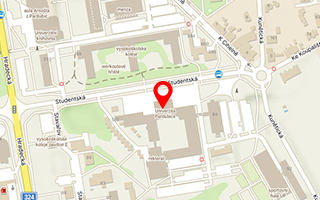Publikace detail
Mechanical properties of structural steel exposed to passive fire
Autoři:
Bozkurt Fatih | Yurdakul Özgür | Hojka Přemysl | Řoutil Ladislav | Balaban Eren | Artagan Salih Serkan
Rok: 2018
Druh publikace: článek ve sborníku
Název zdroje: METAL 2018 : conference proceedings
Název nakladatele: TANGER, spol. s r.o.
Místo vydání: Ostrava
Strana od-do: 622-627
